Why did the curious reader click on the article about green tree frogs? To find out if they’re poisonous, of course!
Dear inquisitive reader, I see you’re here to satiate your thirst for knowledge about green tree frogs and their potentially poisonous nature. Well, buckle up, because we’re about to take a wild ride through the fascinating world of these adorable, slime-covered creatures!
Hyla cinerea, also known as the green tree frog, is native to the southeastern United States and can often be found chilling out in marshes, swamps, or even your backyard! They’re known for their vibrant green color, sticky toe pads, and a penchant for perching on anything they can cling to.
Did I ever tell you about the time I tried to take a selfie with a green tree frog, only to have it leap onto my face? Talk about an unforgettable encounter! But enough about me, let’s get to the real question: Are green tree frogs poisonous?
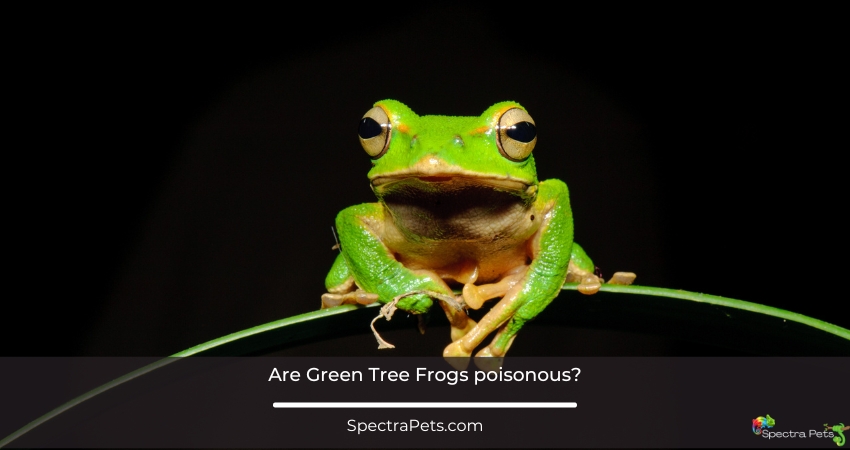
Are Green Tree Frogs Really Poisonous?

The burning question is as old as the hills and as controversial as whether pineapple belongs on pizza: Are green tree frogs really poisonous? Well, dear reader, you’re about to find out.
Before we dive into the toxic world of green tree frogs, let’s clarify one thing: the difference between poisonous and venomous. You see, if you bite it, and you die, it’s poisonous. If it bites yo, andd you die, it’s venomous. Simple, right? Just remember, you don’t want to go around biting frogs, even if you’re an expert in amphibian cuisine. And you definitely don’t want them biting you, especially if they’re sporting fangs (but that’s a story for another day).
Now, with that crucial distinction out of the way, let’s hop right into the world of green tree frog poison!
Analyzing Green Tree Frogs’ Secretions
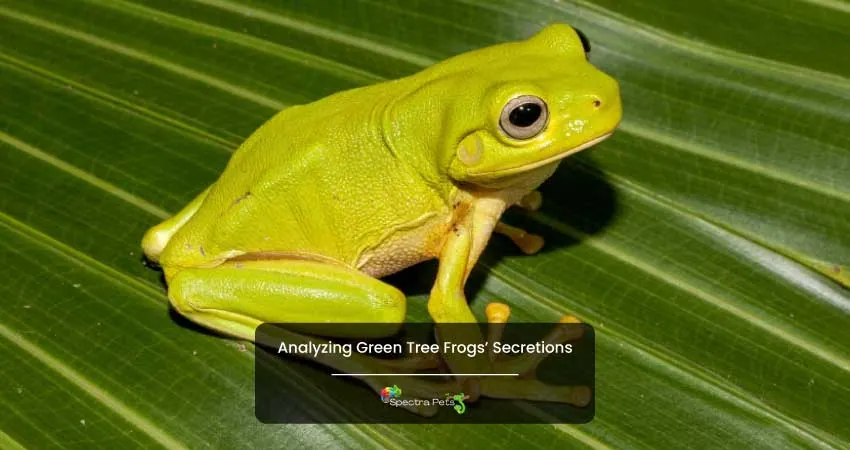
Hold onto your hats, folks, because we’re about to reveal the shocking truth about green tree frogs and their secret weapon: mildly toxic skin secretions! That’s right, these slimy little acrobats have a trick up their sleeve, or rather, on their skin.
To some extent, all frogs are poisonous. They all release some toxins when they are stressed. However, most of them are only mild and non-lethal. They can only cause some skin irritation. So if you touch a green tree frog, don’t worry you’re not in a life-threatening danger.
Green tree frogs release a toxin called “Caerulein” from their skin in order to escape from their predators.
Potential effects on humans
Now, before you go running for the hills, let’s talk about how these secretions affect humans. In most cases, the worst that can happen is some minor skin irritation, maybe a little redness or itching. So, no need to panic! You’re more likely to suffer from a paper cut than a green tree frog’s toxic touch.
I once knew a guy who claimed he got a “frog burn” after touching a green tree frog. He wore a bandage on his finger for a week and demanded sympathy from everyone around him. The truth is, he was just milking it for attention. A little soap and water, and he would have been as good as new!
Effects On Pets And Other Animals
Caerulein toxin can be harmful to your pets. Your dog or cat may experience vomiting and diarrhea if they become affected by their toxin from green tree frogs. I advise you to wait an hour before you contact your vet, as the signs usually last for only that period of time. If your pet is still sick after an hour, contact your vet immediately.
In addition, these frogs also carry salmonella, so refrain from touching them directly.
purpose of Green Tree Frog’s secretions in the wild
So why do green tree frogs have these mildly toxic secretions in the first place? It’s all about survival, my friends. In the wild, these secretions serve as a deterrent to predators, who might think twice about snacking on a slimy, foul-tasting frog.
So there you have it, the mildly toxic secret of the green tree frog. While they may not be the most dangerous creatures in the animal kingdom, their slimy, toxic skin helps keep them safe from predators. And, as for us humans, as long as we don’t go around licking them or rubbing them all over our faces, we’ll be just fine!
Other Colorful Frogs with a Toxic Twist
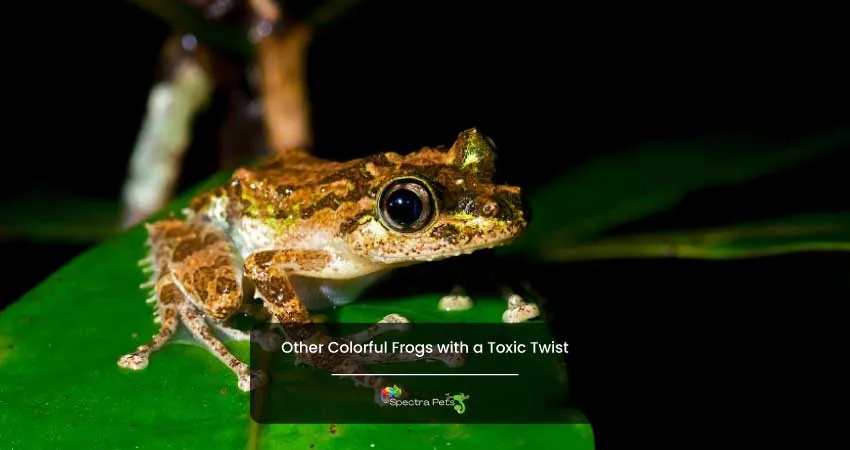
You might be thinking, “Well, green tree frogs don’t seem that bad,” and you’d be right! But wait, there’s more! Let’s take a brief detour to explore some of their more dangerous and toxic relatives.
Introducing the notorious Poison Dart Frogs
Ladies and gentlemen, feast your eyes on the brightly-colored and incredibly toxic poison dart frogs! These little guys come in a variety of dazzling colors, such as neon blue, vivid yellow, or striking red. It’s like they’re shouting, “Look at me, but don’t touch me, or else!”
Their vibrant colors aren’t just for show; they serve as a warning to predators that they’re packing some serious poison. In fact, some poison dart frogs are so toxic that just touching them can be fatal. So, if you ever encounter one, take a moment to appreciate their beauty from a safe distance, and then carry on with your day.
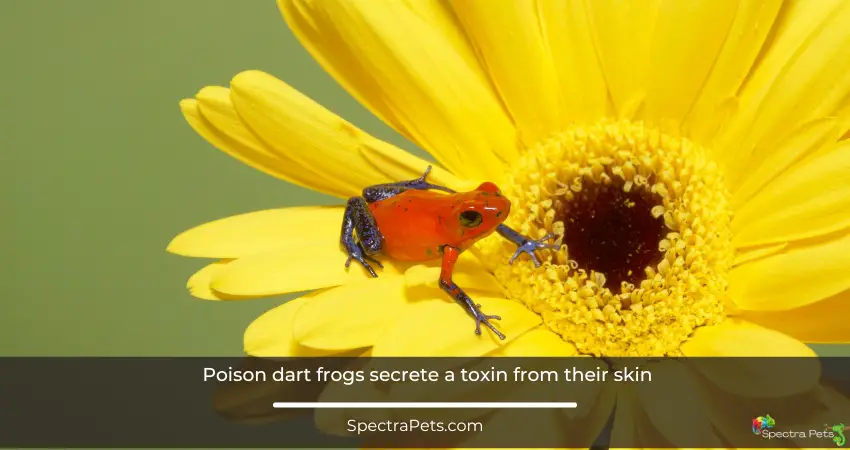
A Little Warning!
As for you, dear adventurous reader, if you find yourself wandering through the rainforests of Central or South America, keep an eye out for these deadly beauties. If you happen to spot one, snap a photo (from a safe distance, of course), and remember the wise words of this article: Look, but don’t touch!
Shoutout to the Australian Green Tree Frog (Litoria caerulea)
Let’s not forget our friends from Down Under, the Australian green tree frogs, also known as Litoria caerulea. These chunky, charming frogs are also mildly toxic, but like their American cousins, they’re not a significant threat to humans.
Australian green tree frogs produce a secretion similar to that of the American green tree frog. While it’s not exactly a party trick you’d want to show off, it’s still worth knowing that these frogs are more than just a pretty face.
Imagine this: You’re trekking through the Australian Outback, seeking adventure and excitement. Suddenly, you stumble upon an Australian green tree frog. Overwhelmed by its undeniable charm, you decide to give it a little pat, only to feel a slight tingling sensation in your fingertips. Don’t worry, mate; it’s just the frog’s mild toxicity reminding you that sometimes it’s better to look, not touch!
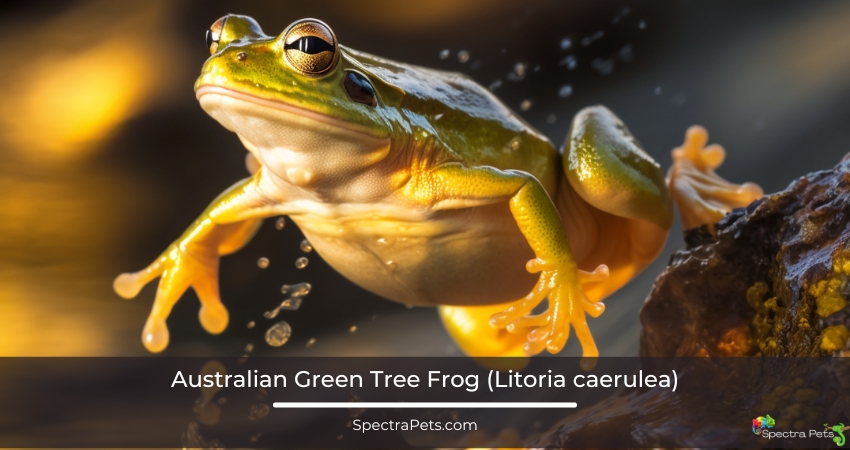
So, whether you’re dealing with American or Australian green tree frogs, it’s best to admire their beauty from a safe distance and remember that a little bit of mild toxicity never hurt anybody (much).
Read More: Are gray tree frogs poisonous?
How to Avoid Unpleasant Encounters with Green Tree Frogs

Now that you’re practically an expert in the mildly toxic world of green tree frogs, let’s talk about how to avoid any unpleasant encounters with these slimy little creatures.
list of do’s and don’ts around green tree frogs
- Do: Admire their beauty from a safe distance.
- Don’t: Attempt to stage an impromptu frog kissing ceremony, hoping for a prince or princess to appear.
- Do: Wash your hands thoroughly after handling a green tree frog, if absolutely necessary.
- Don’t: Challenge a green tree frog to a staring contest. They have no eyelids, so you’re bound to lose.
Benefits of Coexisting with Green Tree Frogs
Now, before you start thinking that green tree frogs are nothing but trouble, let’s discuss the benefits of having these little guys around.
Did you know that green tree frogs are like nature’s pest control? These voracious eaters love to munch on insects, including mosquitoes, flies, and other pesky bugs. So, next time you see a green tree frog, give them a mental high-five for helping to keep the insect population in check.
The Role of Green Tree Frogs in Popular Culture
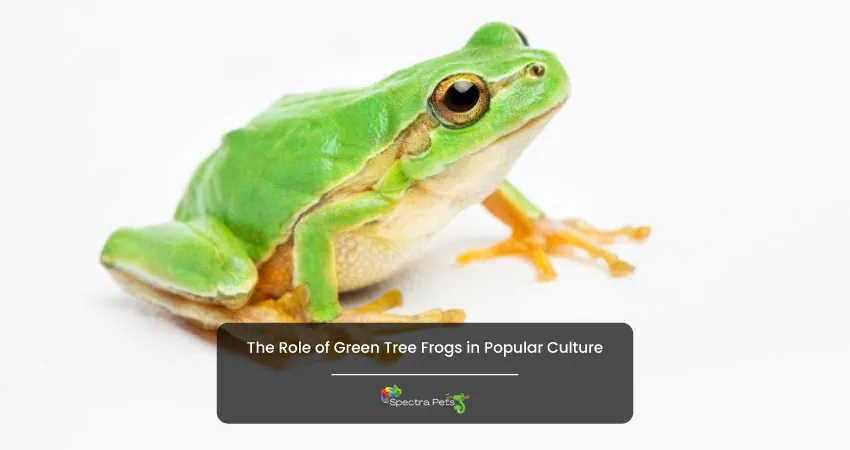
Green tree frogs aren’t just stars in the animal kingdom; they’ve also made quite a splash in popular culture.
the secret lives of green tree frogs in children’s stories
Have you ever heard the story of the Green Tree Frog Prince? Or how about Green Tree Frogella, the enchanting tale of a green tree frog who becomes a beautiful princess for a night? These stories capture the imagination and charm of green tree frogs, proving that even the smallest creatures can have the biggest impact.
presence in movies, TV shows, and commercials
From blockbuster movies to memorable TV commercials, green tree frogs have hopped their way into the hearts of millions. So next time you spot one of these little green stars on screen, take a moment to appreciate their talent and dedication to their craft. (They don’t have agents, you know.)
That’s All Folks!
In conclusion, green tree frogs may be mildly toxic, but they’re far from being public enemy number one. As long as we respect their space, wash our hands after handling them (if absolutely necessary), and don’t go around licking them, we can coexist peacefully with these fascinating creatures.
And now, dear reader, it’s time for us to hop on out of here. But before we go, here’s a little froggy joke to brighten your day:
Why are frogs so happy?
Because they eat whatever bugs them!
We encourage you to continue exploring the world of frogs and other amazing creatures, and always remember to look, not touch!
